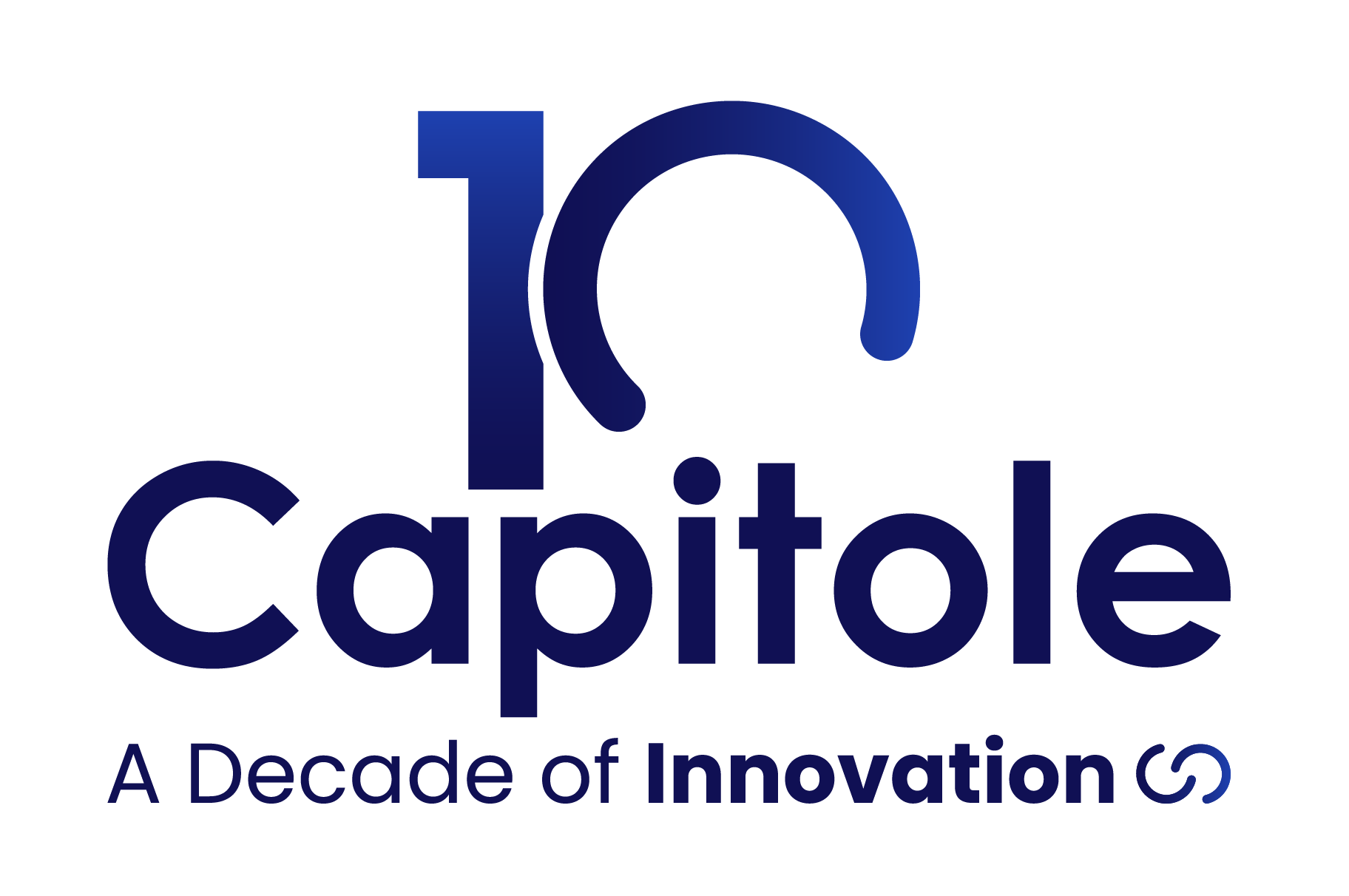In the age of digital transformation, few advancements have been as disruptive and rapid as generative artificial intelligence (GenAI). This isn’t just about technology; it represents a paradigm shift. GenAI tools go beyond offering efficiency; they enable us to rethink how we design, plan, and execute product roadmaps. The key lies in integrating them as a strategic copilot that amplifies our capabilities, pushing us beyond what’s possible with traditional methods.
Strategic Adoption of GenAI
One of the common challenges faced by product managers and product owners is being unable to fully engage in their roles and instead becoming mere intermediaries between business requirements and the development team. This often happens because they lack the time, authority, or tools to perform their duties comprehensively. Moreover, technical debt and bugs frequently siphon team capacity when planning hasn’t accounted for these appropriately.
For product managers and product owners, GenAI is a game-changing tool to:
- Identify complex patterns: Analyze vast amounts of data and market trends.
- Generate structured information: Compile detailed materials from various sources in less time.
- Focus on active listening: Free up time for high-value activities like iteration and user feedback.
By leveraging GenAI, you can take charge and provide stakeholders with actionable insights, enabling the creation of new features and functionalities that deliver true value to users. Moreover, these tools help uncover new use cases or automations that improve product quality and prevent disruptions impacting users.
Efficient adoption of GenAI starts with mastering prompt engineering. The quality of the outcomes depends on how clearly we communicate with the tools. Models like Sara Tamsin’s (Context – Task – Instruction – Clarification – Refinement) or Kyle Barner’s RISEN framework (Role – Instructions – Steps – End goal/Expectation – Narrowing/Novelty) provide practical guidance for crafting effective prompts. For more on prompt engineering, consult OpenAI’s comprehensive documentation
Foundational Use Cases of GenAI in Roadmap Optimization
- Predictive Analysis: Anticipate the impact of future features using algorithms based on historical data. Ask GenAI tools to draw insights from specialized sources, reports, and studies or to analyze user surveys and detect patterns.
- Backlog Automation: Use tools like ChatGPT to efficiently draft epics and user stories.
- Story Mapping: Organize user stories visually to streamline sprint planning.
Advanced Use Case: Building a Comprehensive Roadmap with AI
For a deeper level of application, consider using a GenAI tool, like the widely adopted ChatGPT, as a genuine copilot by feeding it all relevant context and knowledge about your current role. Two potential scenarios could guide this approach:
- Starting a new business model: You’re a PO entrepreneur creating an MVP.
- Evolving an existing product: You’re enhancing and implementing new functionalities or processes.
In both cases, the approach involves setting up a custom ChatGPT or maintaining a document that consolidates all the relevant information. Continuously attach and reference this document in your prompts to ensure it serves as a reliable source.
Step 1: Define the Product Vision
Ask the AI to generate a product vision by providing context and objectives. Refine the results until you achieve a solid vision statement, core functionalities, and unique value propositions.
Step 2: Identify Target Personas
The AI can create detailed profiles of potential users. Provide the AI with background information, and within seconds, it can deliver 4–5 personas, complete with needs, interests, and preferences.
Step 3: Generate Jobs to Be Done (JTBD)
Using the defined personas, ask the AI to identify JTBD aligned with your product’s functionalities.
Step 4: Create Epics and User Stories
From the JTBD, prompt the AI to generate epics with acceptance criteria and break them into detailed user stories. Keep saving this information to the reference document for consistency in subsequent prompts.
Step 5: Story Mapping and a Complete Roadmap
With all the user stories, instruct GenAI to create a partial delivery map. In minutes, you’ll have a structured roadmap ready to tailor to your product’s specific needs.
Incorporating this technique into your routine boosts productivity and hones your skills as a meticulous product owner. However, it’s crucial to remain aware of the rapid pace of technological advancements and continuously update your knowledge.
Maximizing GenAI’s Value in Product Management
- Ongoing Training: Stay updated on the latest features and best practices.
- Regular Assessment: Periodically evaluate GenAI’s impact to uncover areas for improvement.
- Balanced Approach: Use GenAI to complement, not replace, human judgment.
Capitole prioritizes continuous learning, enabling each team member to remain at the cutting edge of technology. Leveraging such opportunities is essential for enhancing productivity and advancing toward truly strategic product management. Capitole can also help you maximize your roadmap definition, with or without GenAI, as experts in this area.
We’re witnessing a quiet revolution that’s reshaping the product owner’s role. Integrating GenAI isn’t optional—it’s imperative for those aiming to lead innovation. The future of product development is being written today, and GenAI is the pencil sketching the brightest lines.





